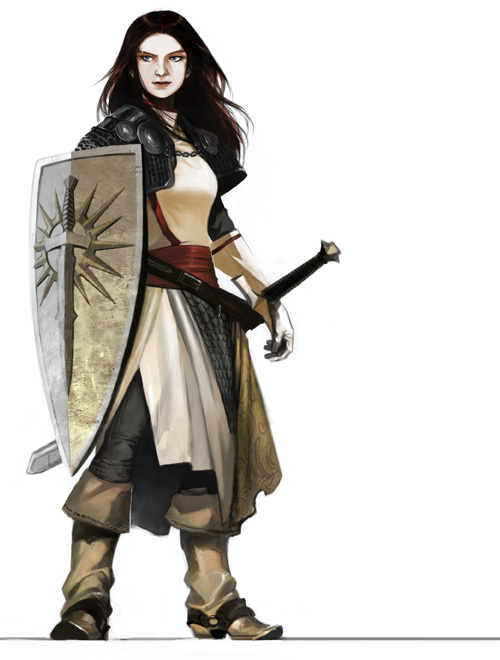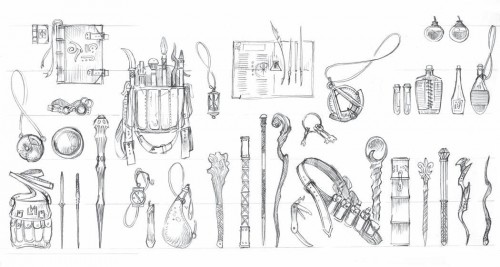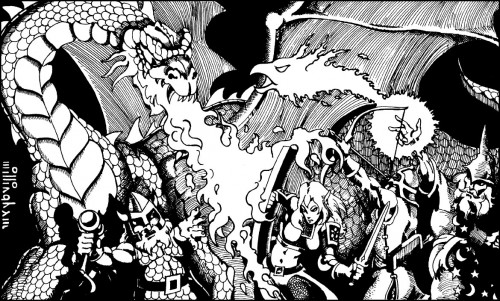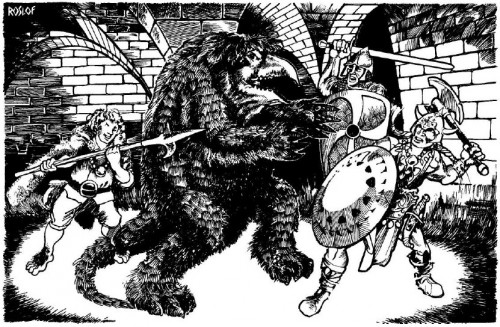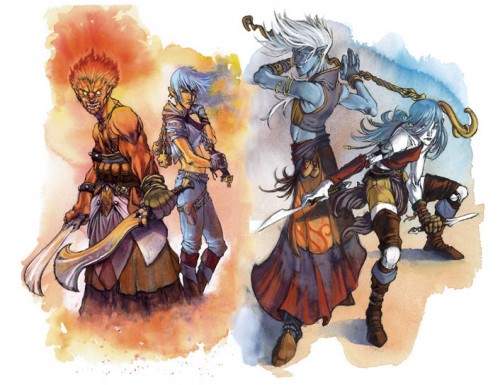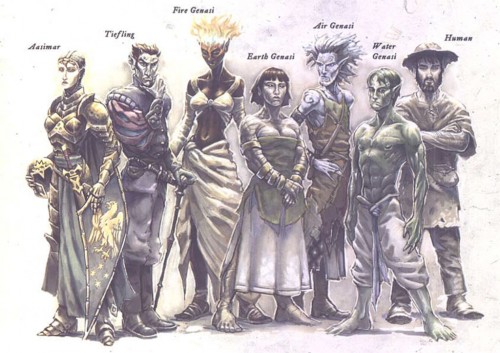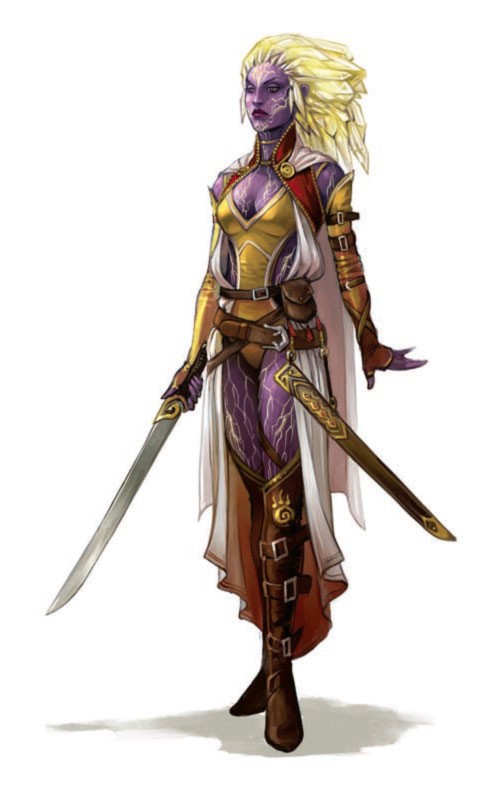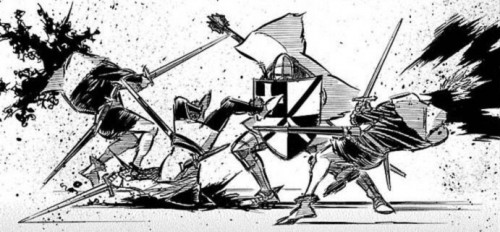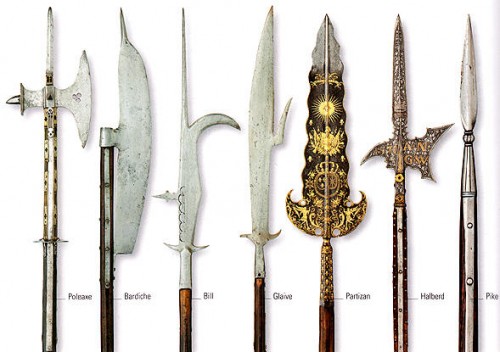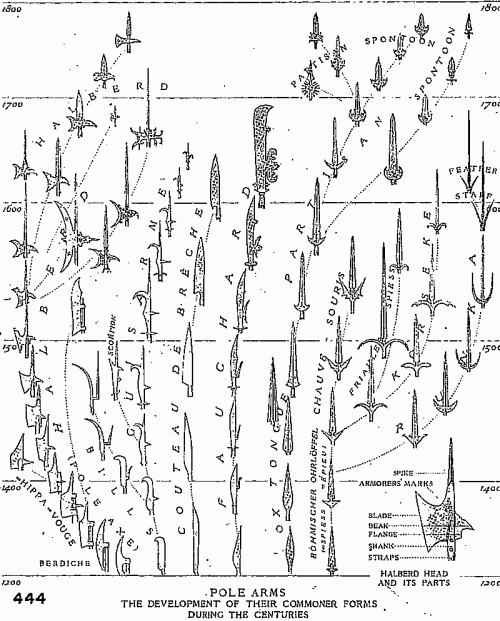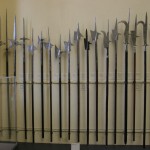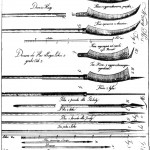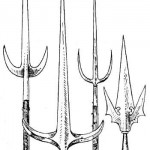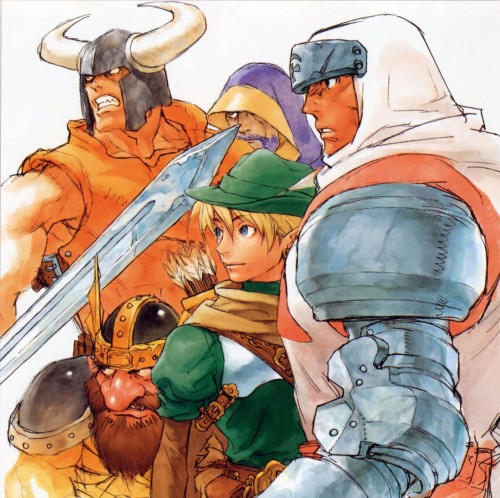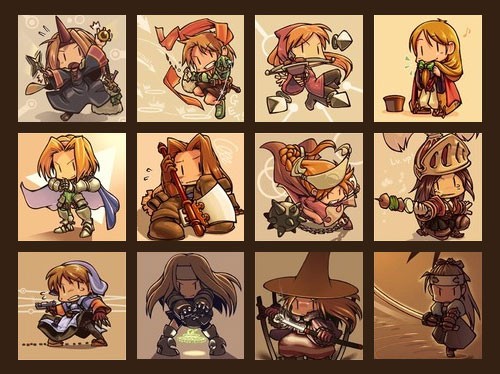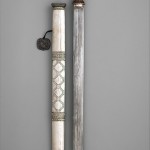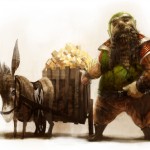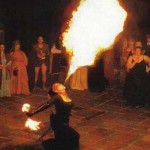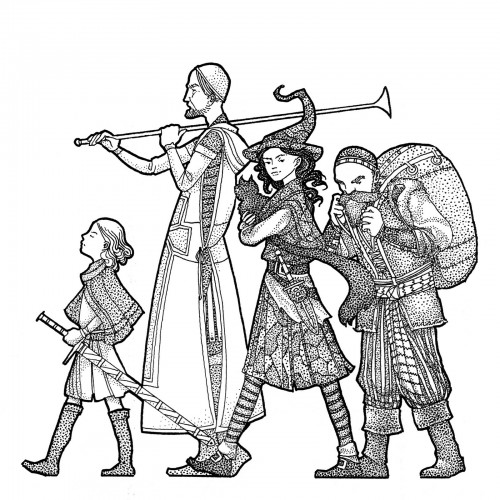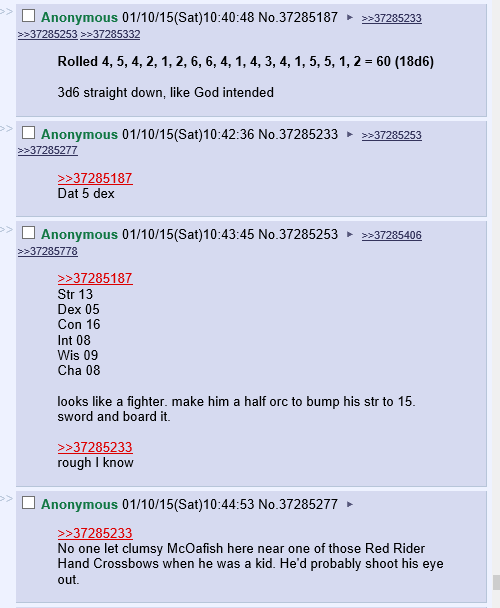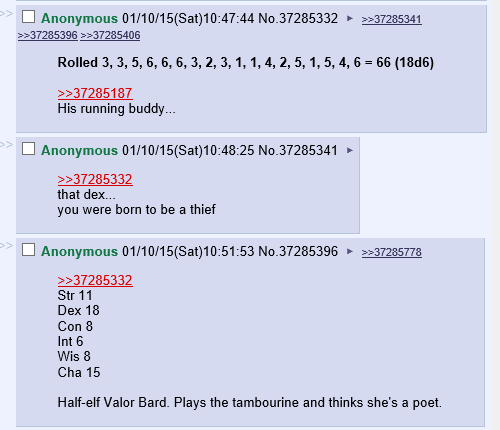Something that came up a while back in a random 4chan thread, I found some notes while tidying up. What should a lady paladin take with her on a week-long excusrion?
Starting Equipment
Firstly we must consider equipment and resources already at hand1:
- My arming sword Beatrix
- My iron-rimmed oaken shield
- Stout leather gauntlets 2
- Bassinet2
- Maille hauberk2
- Gambeson2
- Five javelins
- A wooden holy symbol issued by my holy order
- Backpack3
- Bedroll3
- Mess kit3
- Tinderbox3
- 10 Torches3
- 10 days’ rations3
- Waterskin3
- 50′ Hempen rope3
- A lacquered rosary the Sisters left with me when I was given over to my holy order4. I think it was my mother’s.
- Book of Common Prayers4
- 5 sticks of incense4
- My habit4 (tunic, scapular, belt, underskirts, shoes)
- My work clothes4 (dress, apron, belt, underskirts, hat, boots)
- A velvet purse4
- 15 gold crowns4
Altogether this leaves my backpack bursting at the seams. It can only hold 30 pounds, and the food and torches alone leave no room for the rest of my things. Clearly we will have to trim things down to something more workable.
Additional Items
Additional items to consider, reflecting outside suggestions:
- Iron cooking pot
- An extendible pole
- Knife
- Ball bearings (bag of 1,000)
- Lamp
- Flask of oil
- Bag of 20 caltrops
- Block and tackle
- Whetstone
- Fishing tackle
- Weaver’s tools
- Robes (poncho)
- Healer’s Kit
Disguise kit
The mess kit is usable as a small cooking pot or pan. Enough for rice, beans or stew. A proper iron pot is ten pounds, bringing us back to the concern about luggage weight. Obviously I can pack smaller items inside it, so space isn’t the issue. I strongly prefer restaurants to camp cooking, but cooking and eating group meals could be nice for teambuilding and forging common bonds with my fellow travelers.
The commissary doesn’t have any collapsible or extendable poles in stock5. Lugging around a ten-foot stick doesn’t strike me as practical. Maybe a sturdy whittling knife would pack better?
Also at the commissary they didn’t have marbles as such5. The clerk directed me to maintenance, where they had two pounds of ball bearings for one gold crown. The custodian said he’d give me a drawstring bag to hold them in, so I figured it was a good deal.
Torches are bulky, smokey, and somewhat low-class. The kind of thing you’d associate with mobs of peasants, not crusading holy warriors. A simple lamp and some oil can do the trick.
While I was in maintenance I was able to get the custodian to put together a couple pounds of nails into caltrops. He was super-helpful.
The Block & Tackle is a bit bulky at five pounds. I’ll try to fit it in.
A whetstone! How did I forget? I must keep Beatrix properly honed, after all.
Somebody suggested a net. A net reminds me of fishing down by the lake. I’ll add some fishing tackle to the list. It’s about four pounds all together, but such a great way to spend a morning away from the hustle and bustle.
Trip wire and a garrote? Two points: first, what kind of paladin do you think I am? Second, shouldn’t these be one item? A spindle of sewing thread can replace the tripwire and raise far fewer awkward questions at Customs & Immigration than a garrote I won’t use. Thanks for bringing up the needle & thread, by the way. You never know when a minor alteration or repair will be necessary! At the commissary they had a box labeled “weaver’s tools.” I was assured it had everything I needed for such things.
For a rain cloak I got a hooded poncho. It cost as much as a full robe, but the baja pattern seems appropriate for the destination. It’s also a bit bulky. I can’t wait for somebody to invent plastic.
I’m going to skip on the medicine kit. They didn’t have one available and the box labeled “herbalism kit” was full of things I didn’t know what to do with. Oh look, a little white and red box labeled “Healer’s Kit.” Sounds useful.
It turns out that a disguise kit is way outside my budget, so that can’t make the cut.
All together I’m looking at having one gold crown and change (three silver shields, nine copper galleys to be exact) in spending money for a week. Assuming I’m wearing my armor and carrying my weapons my luggage is going to weigh almost 111 pounds. I’d need to buy another three backpacks or lug around a steamer trunk. The heaviest items, far and away, are the rations and the cooking pot. Ditching those gets me down to two backpacks worth of equipment. Should I leave my vestments back at the convent? I feel like I may have to represent the order from time to time and I don’t want to hurt our reputation. Purchasing a chest to carry the excess will bust the budget, at five gold crowns.
Dialing it In
The javelins just aren’t my thing. They don’t carry well, they bang into things, and are just generally a nuisance to have around. They don’t make the cut. The rest of the martial gear comes along, of course. The hempen rope and trail rations are a bit much, and the torches have many of the same problems as the javelins plus they’re sticky. Cut down to a little trail mix to keep my blood sugar up, cut the rest of that bulk. The knife, lamp, oil, and whetstone are all super-great suggestions that are affordable, compact, and totally useful. Taking all of this into account this leaves me with:
- My arming sword Beatrix
- Iron-rimmed oaken shield
- Stout leather gauntlets
- Bassinet
- Maille hauberk
- Gambeson
- Wooden holy symbol
- Backpack
- Bedroll
- Mess kit
- Tinderbox
- 3 days’ rations
- Waterskin
- Mom’s rosary
- Book of Common Prayers
- 5 sticks of incense
- Habit (tunic, scapular, belt, underskirts, shoes)
- Work clothes (dress, apron, belt, underskirts, hat, boots)
- Knife
- Lamp
- Oil (flask)
- Whetstone
- Velvet purse
- 11 gold crowns, 8 silver shields, 9 copper kettles in walking-around money.
Footnotes
1 – Equipment resulting from standard character creation in the Player’s Handbook for the Paladin class, Acolyte background
2 – Individual items that together constitute “chain mail” armor
3 – Individual items that together constitute an “explorer’s pack”
4 – Equipment resulting from the Acolyte background
5 – No such item in the PHB
6 – Assuming a Strength of 16, this paladin is well within her carrying capacity under normal rules, though encumbered under the variant rule. This would penalize her movement rate by 10′. Setting down her backpack would leave her fully unencumbered. This would also be true for any Strength attribute of 13, though that would be cutting things close. Chainmail is heavy.
